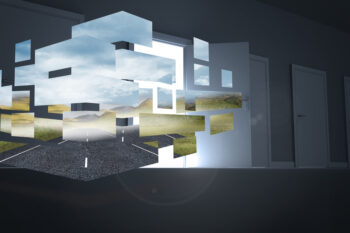Seeing the Light

{3 minutes to read} Wow, Daylight Savings Time. At last. Was there ever a time we needed some extra light more than now? Even though changing the clock doesn’t really give us more daylight, we all feel better when it’s still light out at 7 pm. Or later. Shedding light on things is generally seen as something good. It implies opening up and understanding. It’s also one of the great aspects of mediation. It’s why mediation works.
The first question I ask all counsel when discussing a case that is going to mediation is, “What if any discovery do you need before we can have a meaningful mediation?” The answers run the gamut. However, one thing that stands out in general is how narrow the answers are as compared to the written discovery demands the parties typically serve on each other. Are depositions needed? How many? Often what is needed to resolve a dispute is not a year or three of document exchanges and depositions, but getting just the essentials and then sitting down and talking. And it’s the sitting down and talking that often sheds the most light on what is needed to start crafting a resolution.
It doesn’t necessarily matter what kind of case it is. Attorneys and their clients usually know what their case is about. For many reasons, they may not have a firm grasp on what can resolve the dispute. There can be distrust. Expectations may not be realistic. They don’t know what the other side is willing or able to do. Facts are disputed or misunderstood. Additional information from the other side may be needed.
But communications between the parties and the mediator, and between the parties directly or indirectly through the mediator, can unravel the layers that separate a dispute from its resolution. The layers include the facts, emotional connections or disconnections, and what the parties need going forward. This type of communication can rarely take place during a litigation, except perhaps at the latest stages, when the parties finally feel they have to make a final risk-reward analysis. Suddenly people make decisions they couldn’t make two or three years earlier. It’s like studying for a test the night before and realizing you could have done it much sooner and better.
The word “trial” is often synonymous with “test.” Mediation moves the test up, but with the parties avoiding the time, cost, and pain of a formal trial. Indeed a mediation is more like an open book test. You can look things up, run ideas by the mediator and the other side. You can see what works and what doesn’t. What was previously obscured is often slowly revealed.
I’ll discuss examples next time, but before then, where have you found that a mediation shed light on issues or problems that led to a resolution which might not have otherwise been possible?
 |
Gary Shaffer Shaffer MediationGary@ShafferMediation.com |
